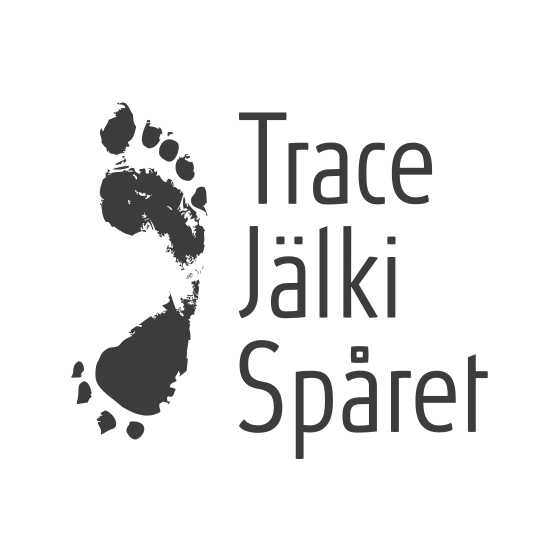Uskonnontutkija puutarhassa
Espanjansiruetana, elämänasennot ja uusintava ulossulkemisen etiikka
DOI:
https://doi.org/10.23984/fjhas.145655Keywords:
puutarha, espanjansiruetana, elämänasennot, uskonnontutkimus, ulossulkemisen etiikka, lajien väliset suhteetAbstract
In this study, we look at the interspecies encounter between a gardener and a Spanish Slug. At the same time, we critically reflect on the limits of the study of religion. The study is based on data collected in the context of an international research project between 2021 and 2022, consisting of qualitative interviews with a total of 120 gardeners from eight different countries. From Finland, ten people who tend a community garden or plot in Helsinki participated in the study. In the analysis, we read the data in contrast to conventions in religious studies that look for indications of religion in qualitative data and to analyses of interspecies relations that emphasise the cultivation of positive relationships. In other words, while we explore the ethics of exclusion in a garden context at the case study level, we perform it in a context of sociology of religion at the theoretical level.
Our results highlight the importance of exclusion in the constellation of the garden community. The exclusion of the Spanish Slug from the garden and from interspecific reciprocal relationships can be seen as a responsible act that produces a desirable future for the rest of the garden. Our analysis shows that ethical reflection on exclusion is not only focused on the justification of killing, but extends to questions of bodily repetitiveness, futility and necessity. The destruction of the Spanish Slug is not an isolated act, but an ongoing, frustrating and necessary task that renews the relationship between the people who care for the garden and the harmonious coexistence between humans and the species that are welcome in the garden. This speaks to the strong social, relationally constitutive meaning of absence and the repeated, renewing work required by this constitution.
Despite the diverse religious identifications of our Finnish gardeners, none of them mentioned religion or spirituality when discussing the Spanish Slugs. However, the people we interviewed did reflect in a complex way on their relationships with undesirable others, their own position in the world, their behaviour and values - in other words, their lifestances. Our results suggest that the lifestances associated with the Spanish Slugs in Finnish gardens are repetitive in terms of behaviour, relational in terms of practices and boundary-crossing in terms of beliefs. In our analysis, the exclusion of religion and nonreligion constitutes an opportunity to view the common ground shared by people with different beliefs and identities on an equal footing.

Downloads
Published
Issue
Section
License
Copyright (c) 2025 Anna Sofia Salonen, Ryan T. Cragun

This work is licensed under a Creative Commons Attribution 4.0 International License.





